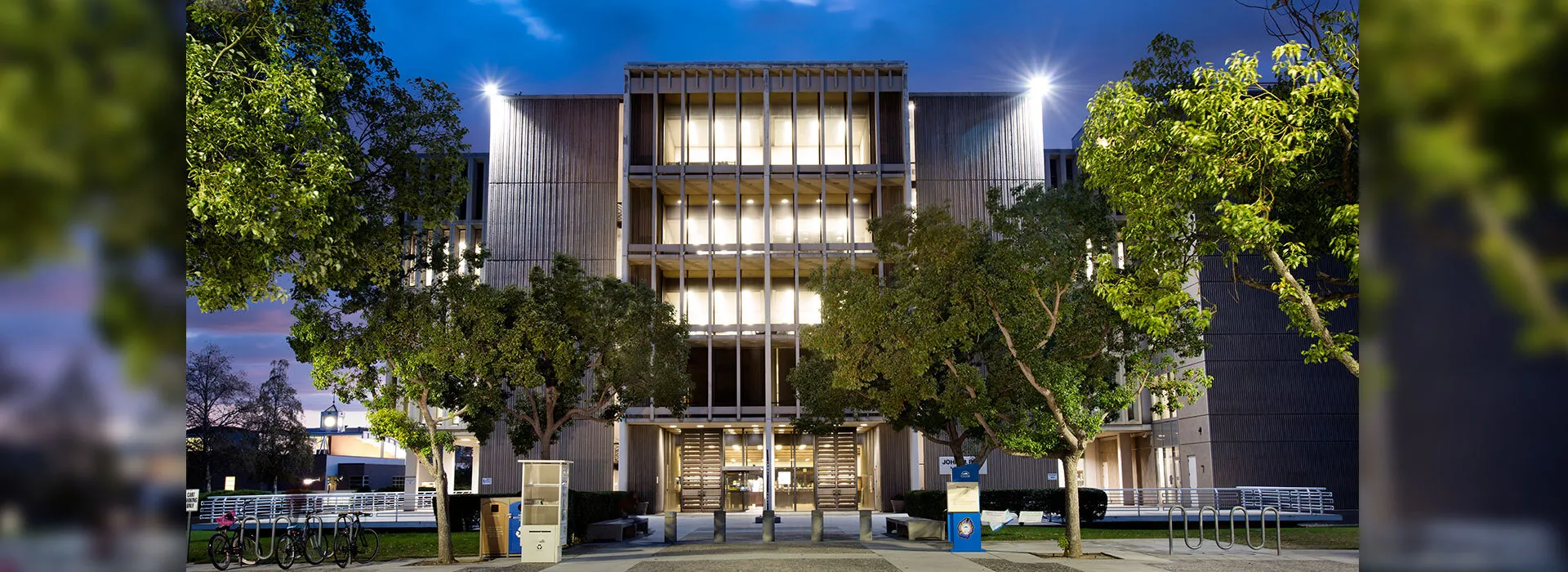
Faculty from the university’s criminal justice department were tapped as resources by the news media recently.
Larry Gaines, chair of the department, was quoted in an article about officer-involved car shootings in San Bernardino County. An investigation by The Sun and KPCC found that officers in San Bernardino County shoot into moving cars at nearly double the rate of neighboring Los Angeles County.
“It is extremely dangerous when the police get into a gunfight with someone when they’re driving down the street, because basically you endanger citizens who are pedestrians or other occupants in other cars,” Gaines said. “But I guess there are a few occasions where the police have to do that, especially in cases where people are in danger or threatened.”
He suggested agencies instead try alternatives like spike strips that can be laid on the road to disable cars more safely.
An investigation by The Sun and KPCC found that officers in San Bernardino County shoot into moving cars at nearly double the rate of neighboring Los Angeles County. In 70 percent of the San Bernardino County cases, the person shot in the car was unarmed.
The article was published May 13, 2017, and also appeared in other Southern California News Group newspapers and KPCC. The complete article can be read at “Exclusive: San Bernardino County officers shoot into vehicles nearly double the rate as LA County, data shows.”
The Times-Picayune in New Orleans interviewed Brian Levin, criminal justice professor and director of the CSUSB Center for the Study of Hate and Extremism, in an article about law enforcement’s sometimes difficult decision when to decide whether reports of racially motivated threats rise to the level of a crime. The article stems from an incident in which a woman received from a former co-worker a crude drawing of a person hanging from a tree; she is black, the other person is white.
'The question that exists with all hate crimes is whether an actual crime was committed and whether bias was a motivation or a substantial factor,' Levin said. 'How broad and deep is the evidence and how easy would it be to prove in court? And would a reasonable person under that context take that as a threat, as opposed to some kind of crude insult?'
Levin cited the case of 47-year-old Wayne Spindler who was arrested last year after submitting a comment card to Los Angeles City Council President Herb Wesson that included a drawing of a Ku Klux Klan member, a racial slur, and a man hanging from a tree by a noose. Wesson is black and Spindler is white. The Los Angeles County District Attorney's Office declined to prosecute Spindler because they said they couldn't prove the card was an actual threat, according to the Los Angeles Daily News.
'Being an awful bigot is not against law and neither is expressing it. Making a criminal threat is against the law but threats are difficult to prosecute generally,' Levin said. 'There's also been a coarsening of the discourse in our society, so what constitutes a threat is something that's not always clear.'
The article was published May 15, 2017, and can be read at “Woman says co-worker's sketch of person hanging from tree a threat; police disagree.”